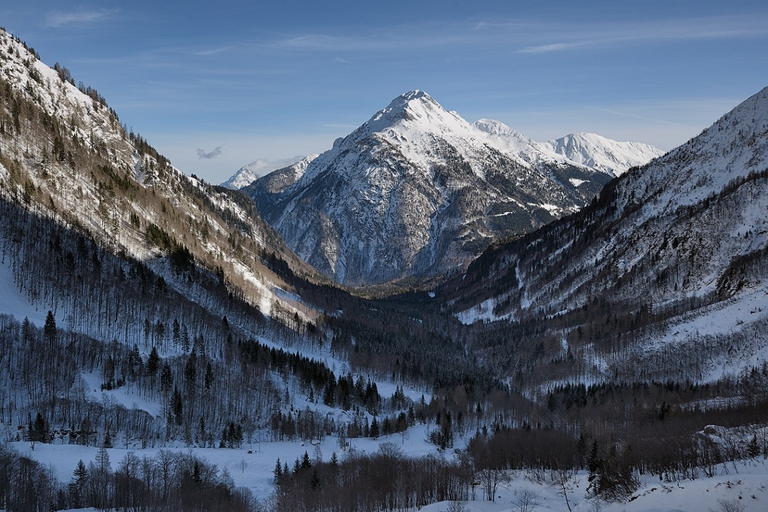
Several hundreds of women in India have rejuvenated vast stretch of forest land through a unique method of guarding the forest.
In tutta Italia sette giorni dedicati alla geologia e alla scoperta dell’affascinante storia naturale del nostro pianeta.
If the planet talked, who knows how many story it would tell. Throughout its history, it saw incredible climate phenomena, geological upheavals, the appearance and disappearance of huge, terrific creatures, and small, harmful animals thriving.
As wrinkles and lines can tell a man’s life, glaciers, canyons, volcanoes, and lakes tell the story of the Earth, begun some 4 billion years ago and constantly evolving. From 18 to 25 October the third edition of the Earth Week is celebrated, organised by Rodolfo Coccioni, palaeontologist at the University of Urbino, and Silvio Seno, geologist at the University of Pavia, and realised with the support of numerous research and academic institutions.
In occasion of the celebration, which theme is “L’Italia alla scoperta delle geoscienze – Una società più informata è una società più coinvolta” (Italy discovering geosciences – A conscious society is a more committed society), numerous events will be held all over Italy. Excursions, museums and research centres open days, guided tours, educational labs for kids, artistic activities, conferences and workshops, all dedicated to geologic culture.
The Earth Week aims to bridge the gap between the public and research, handing down the passion for discovery and knowledge.
“We gave life to an innovative model of knowledge of geoscience, which could be used also abroad,” said Silvio Seno. “Italians will have the opportunity to visit archaeological sites, important geosites, museums, and geoparks”.
Getting to know the past is not a sterile academic exercise, but it has significant practical implementations. Studying the Earth can teach how to forecast and stem cataclysms, such as heartquakes and eruptions. Studying rocks allows reconstructing the Earth’s history, previous climate changes and life evolution, making us looking at the future with greater awareness.
Siamo anche su WhatsApp. Segui il canale ufficiale LifeGate per restare aggiornata, aggiornato sulle ultime notizie e sulle nostre attività.
![]()
Quest'opera è distribuita con Licenza Creative Commons Attribuzione - Non commerciale - Non opere derivate 4.0 Internazionale.
Several hundreds of women in India have rejuvenated vast stretch of forest land through a unique method of guarding the forest.
The solution developed by the Italian startup Agri-E enables on-site bioethanol production, promoting energy self-sufficiency for farms.
World-reknowned photographer, documentary maker, and environmental activist Yann Arthus-Bertrand is back with a video realised with his typical aerial view: on board of a hot-air balloon. He decided to capture one of the world’s most beautiful lakes and one of Italy’s most extraordinary natural places, Lake Como. The 21-minute video is entitled Lake Como seen
South African court dismisses a major lawsuit by 140,000 Zambian women and children against Anglo American for Kabwe lead poisoning. A setback for affected communities enduring the lasting impact of lead contamination.
Controversial African land deals by Blue Carbon face skepticism regarding their environmental impact and doubts about the company’s track record, raising concerns about potential divergence from authentic environmental initiatives.
Majuli, the world’s largest river island in Assam State of India is quickly disappearing into the Brahmaputra river due to soil erosion.
Food imported into the EU aren’t subject to the same production standards as European food. The introduction of mirror clauses would ensure reciprocity while also encouraging the agroecological transition.
Sikkim is a hilly State in north-east India. Surrounded by villages that attracts outsiders thanks to its soothing calmness and natural beauty.
Sikkim, one of the smallest states in India has made it mandatory for new mothers to plant saplings and protect them like their children to save environment









